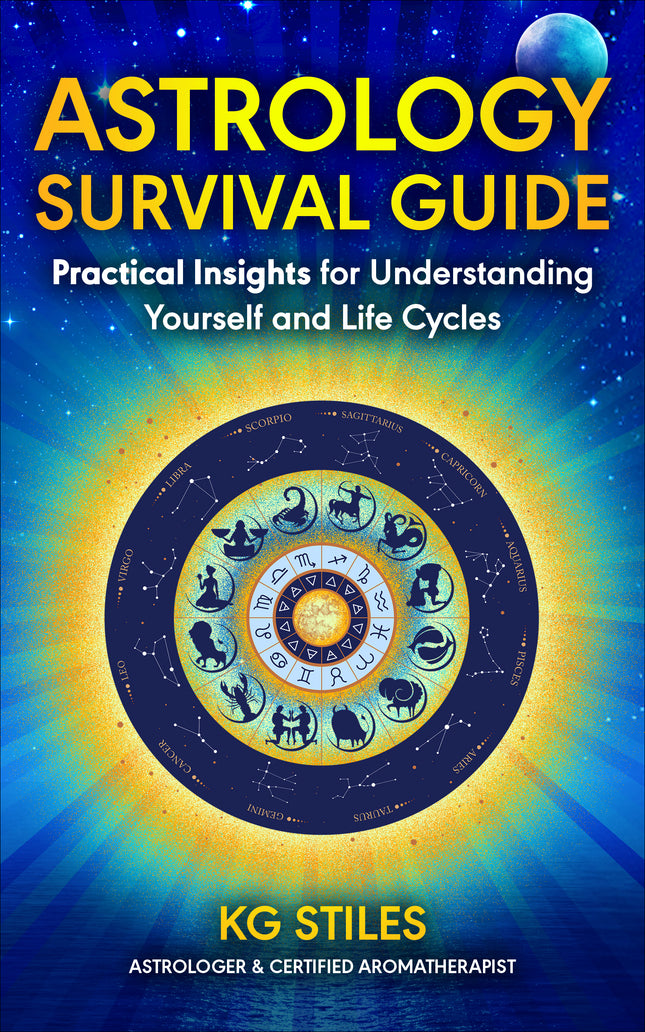 Based on their distinguishing qualities, each of the 12 chemical families can be divided into 12 Archetypes and their characteristic Elemental Powers.
Based on their distinguishing qualities, each of the 12 chemical families can be divided into 12 Archetypes and their characteristic Elemental Powers.
These 12 archetypes, and their chemical families, tell us about the therapeutic properties, actions and effects of essential oils.
You can select essential oils to use alone, or in a formulation, to promote healing for specific conditions, based on their specific archetype and therapeutic chemical properties, actions and effects.
PLEASE NOTE: Depending upon the percentage(s) of a chemical component that comprises an oil, it can be classed in more than one chemical family.
Sesquiterpene - Archetype: Wise Elders & Compassionate Ones
ELEMENTAL POWER
Masculine Power, Grandfathers, Guardians, Teachers, Ground, Soothe & Comfort
SESQUITERPENE PROPERTIES
Found most often in higher plants, sesquiterpenes are a class of terpenic hydrocarbons and, as with their cousins the monoterpenes, end with -ene.
Sesquiterpenes are less volatile than terpenes, given their 15 carbon structure, and have a greater potential for chemical diversity and a stronger aroma.
Only a few sesquiterpenes are volatile – they are azulenes, such as chamazulene, bisabolol and farnesene.
Essential oils containing a significant percentage of sesquiterpenes are especially prized in aromatherapy for their anti-inflammatory and bactericidal properties.
Recent research and development of new drugs derived from natural plant based products has led to identification of several sesquiterpenes with promising anti-inflammatory, anti-parasitic and anti-carcinogenic activities.
Sesquiterpenes can be monocyclic, bicyclic or tricyclic and are a very diverse group; there are 22 types. Examples include:
Chamazulene - one of the most anti-inflammatory sesquiterpenes, chamuzalene, only has 14 carbon atoms but is usually included with sesquiterpene oils. Chamazulene gives Chamomile its vivid, deep blue color. Its aroma is sweet, fruity and herbaceous.
Caryophyllene (or β-Caryophyllene) - is a spicy, peppery terpene found in many different edible plants. While it is often mentioned as a terpene found in cannabis, beta-caryophyllene (BCP) is one of more than 30,000 terpenes found in nature. It is found in basil, oregano, lavender, rosemary, cinnamon, ylang ylang, and clove.
Both chamazulene and caryophyllene have strong antioxidant and antitumor activity.
Farnesene - is found in a variety of essential oils, including ginger, ylang ylang, hops and German chamomile. Farnesene is known to have anti-inflammatory, calming, antispasmodic, antibacterial, anti-fungal, and sedative properties. Often used as a flavoring agent, farnesene has a woody, citrus, floral and herbal aroma.
Terpinolene - Terpinolene is the terpene responsible in-part for the woody, piney smell of cannabis, accompanied by citrusy and floral notes. Terpinolene is found in tea tree, conifers, apple, cumin, sage, rosemary and lilac. The highest percentage of terpinolene is found in parsnip oil at 40.3–69.0%, followed by Douglas Fir at 9.1%, Mexican Lime at 8.1–8.7% and Australian Lemon balm at 6.6%.
Terpinolene is used for scenting soaps and perfumes and some insect repellents. It has been studied for its anti-fungal and antibacterial properties, as well as for its mild sedative action. Terpinolene exhibits a synergistic effect when combined with other essential oils.
A few studies report Terpinolen’s sedative action as a natural insomnia remedy. Terpinolene also exhibits mild depressant (anxiolytic) action on the central nervous, suggesting its usefulness for reducing anxiety.
Sesquiterpene Actions & Effects
Anti-allergic - preventing and halting allergic reactions.
Anti-inflammatory - alleviates inflammation.
Antispasmodic - prevents and eases spasm and relieves cramps.
Analgesic - pain reliever.
Antiseptic - prevent, halt growth micro organisms.
Anti-oxidant - inhibits oxidation, counteracts deterioration of a product.
Anti-bacterial - inhibits, halts growth of bacteria.
Anti-microbial - inhibits and destroys microbial growth.
Calmative - having a sedative effect.
Cicatrisant - skin and wound healing, promotes formation of scar tissue.
Relaxant - relaxing, soothing effect, causing relaxation, relieving strain or tension.
Regulator - stabilizing, promotes balance and harmony.
Sedative - calming.
Essential Oils in this class (partial list)
Preferred distillation method, part of plant used, and some best locations for production.
BLUE TANSY - (Tanacetum anuum), steam distilled flower tops, Morocco.
CHAMOMILE, GERMAN - (Matricaria recutita), steam distilled flowers, Bulgaria.
CHAMOMILE, ROMAN - (Anthemis noblis), steam distilled flowers, USA.
CEDARWOOD, ATLAS - (Cedrus atlantica), steam distilled wood, Morocco (endangered).
CEDARWOOD, HIMALAYAN - (Cedrus deodora), steam distilled wood, Nepal.
EUCALYPTUS - (Eucalyptus globulus), steam distilled leaf, Australia.
GINGER, FRESH ROOT - (Zingiber officinale), steam distilled root Madagascar or Sri Lanka.
HELICHRYSUM - (Helichrysum italicum), steam distilled flowers, Corsica.
HYSSOP - (Hyssopus decumbens), steam distilled whole plant, Spain.
MYRRH - (Commiphora myrrha), steam distilled gum resin, Ethiopia or Kenya.
PATCHOULI - (Pogostemom cablin), steam distilled leaf, India.
PEPPER, BLACK - (Piper nigrun), steam distilled seed, Madagascar.
SANDALWOOD - (Santalum album), steam distilled heartwood, India. (endangered).
SPIKENARD - (Nardostachys jatamansi), steam distilled wild root, Nepal (endangered).
YARROW, BLUE - (Achillea millefolium), steam distilled flowers, Bulgaria.
YLANG YLANG - (Cananga odorata), steam distilled flowers, Madagascar.
VALERIAN - (Valerian officinalis), steam distilled root, India.
VETIVER - (Vetiveria zizanioides), hydrodiffused root, Haiti.
CAUTIONS: Generally nontoxic. Some may be a skin irritants. Please check each individual oil for more specific cautions.
READ first article in this series, Aromatherapy Archetypes - 12 Natural Healers - The Male Athlete.





Leave a comment